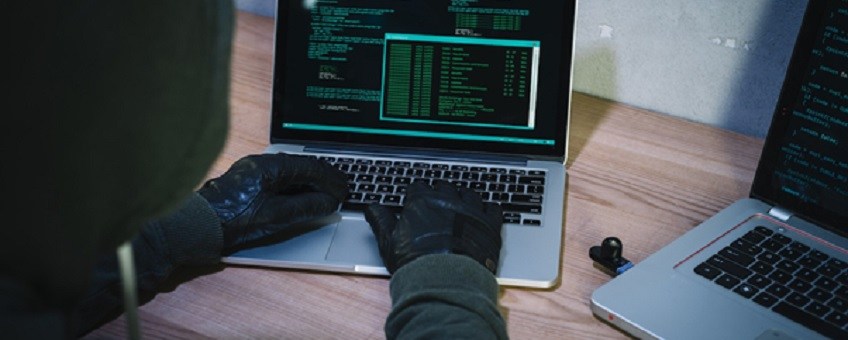The Internet’s dark alleys! Inaccessible to many, this place has become a domain to nurture cybercrimes and frauds committed by criminals and this has been on the rise.
According to a 2019 Global Risks Report by World Economic Forum, two of the Top 5 Global Risks (likely to happen) aside from natural disasters are data fraud and cyber-attacks.
Internet – Its Darker Side
If you think of the internet as a deep ocean, you will understand there are three different layers to it. At the ocean’s top is the first “surface web” layer where most of the surfing it done. Think Google or Yahoo. Go down deeper into the ocean where there is no sunlight and you’ve reached the second layer or the “deep web”. This place is much larger than the surface web, yet it is completely out of sight. It can only be accessed by those who have logins for specific websites.
Dive deeper and you’ve reached the ‘Mariana Trench’ of the virtual world – the deepest part of the ocean or the “dark web”. This space is only accessible to those who use The Onion Router (TOR) software.It’s a place where the business of stolen digital goods happens – stolen credit card data, other identity theft data – outside the reach of security forces.
Although cybercrimes such as having your identity stolen are hardly new, what happens in the dark web is advanced financial fraud. Over the past few years, startling data has tracked the rise of identity fraud cases. In Malaysia, MYCERT Incident Statistics 2018 revealed that identity theft cases grew by 20% from 371 in 2017 to 446 last year. Not surprisingly, a recent survey by Experian showed that 14% of respondents were victims of identity theft.
What Should You Do?
We live in a world that is highly connected. As such, the threat from the dark web threat is real and rising. The five most famous methods of online financial crimes are:
- Phishing – using fake emails, SMS or websites to steal private information
Malware – a potent virus designed to glean through data and damage devices
Identity theft – stealing of personal data
Money laundering – transfer of illicit funds to anonymous accounts
Carding – using stolen credit cards for fraudulent activities
Most of the time, criminals use a variety of schemes to commit financial fraud, making them highly complex and difficult to identify.
There are simple steps which you can do to arm yourself from being a victim:
- Be vigilant when sharing any personal details online, even on social networking sites
Be proactive with your finances by investing in a credit monitoring tool to help monitor your bank and credit accounts for scams and fraud
Review your credit reports regularly to keep them updated
Use a password manager tool to keep your passwords safe and make sure you update it regularly
Learn more about how JagaMyID can protect your credit health
Sign up nowJagaMyID Plus is one such credit monitoring tools to consider. It is comprehensive as it provides a monthly credit score, identity fraud alerts, monitoring of credit card utilisation, monthly payment tracking, an online dashboard that updates areas affecting credit, a secured lock access to credit report and an insurance coverage for losses incurred.
Key Takeaway
The dark recesses of the Internet have taken online financial fraud to a new level of sophistication. Personal information is everywhere as everyone is online. In Malaysia alone, Malaysian Communications and Multimedia Commission (MCMC) reported there are over 28 million digital citizens as of 2018*.
What is being traded in the dark web by criminals is beyond access and difficult to trace.
Tracking and fighting crimes in the deep, dark web is not easy. It’s a universal challenge. You can certainly create impediments so that scammers can’t use and trade your identity in the dark web. Protect yourself! You wouldn’t want to find your identity in the dark web.
So, let’s stay safe and secure while online, everyone!
*Internet Users Survey 2018 by Malaysian Communications and Multimedia Commission.
